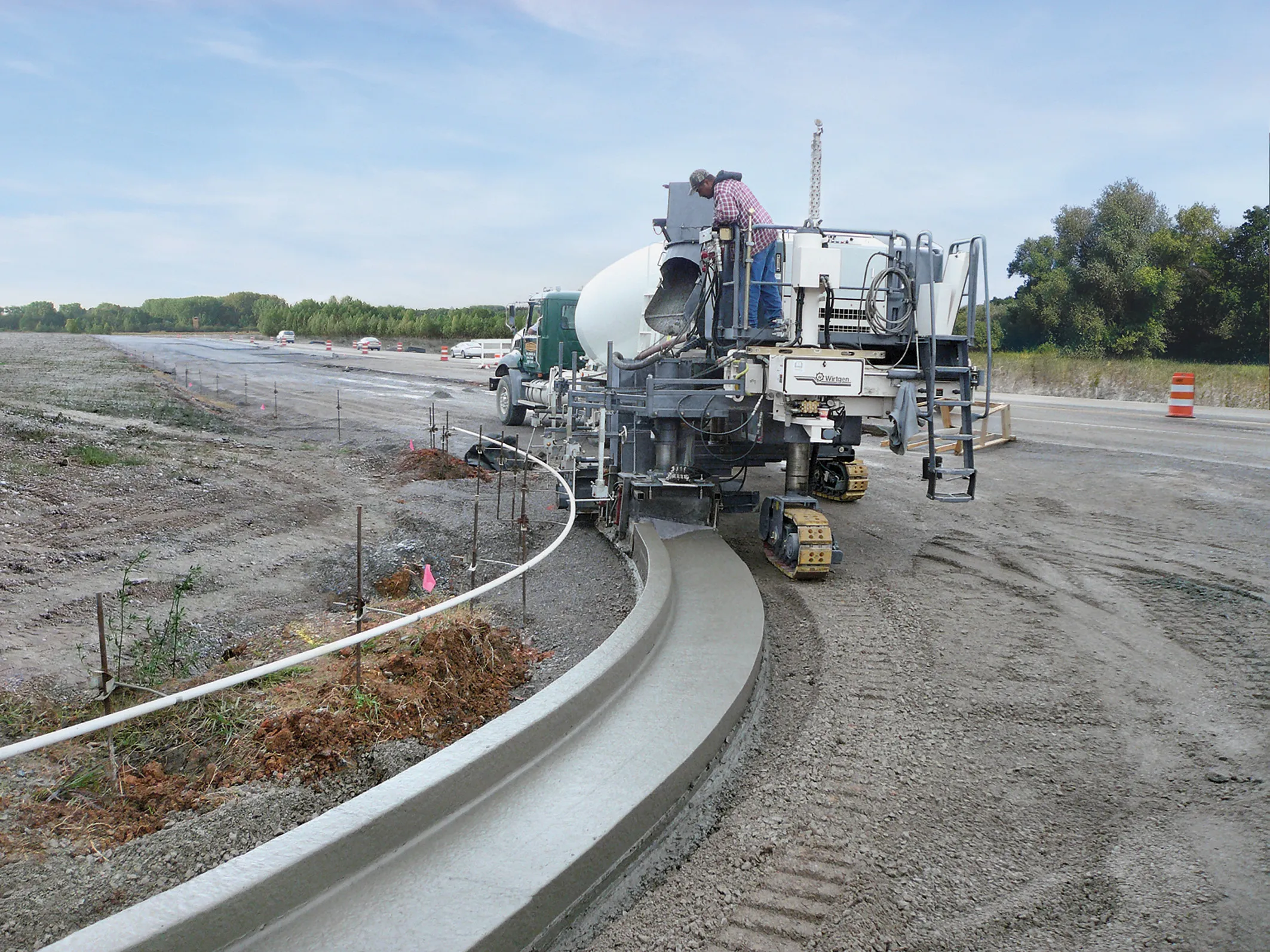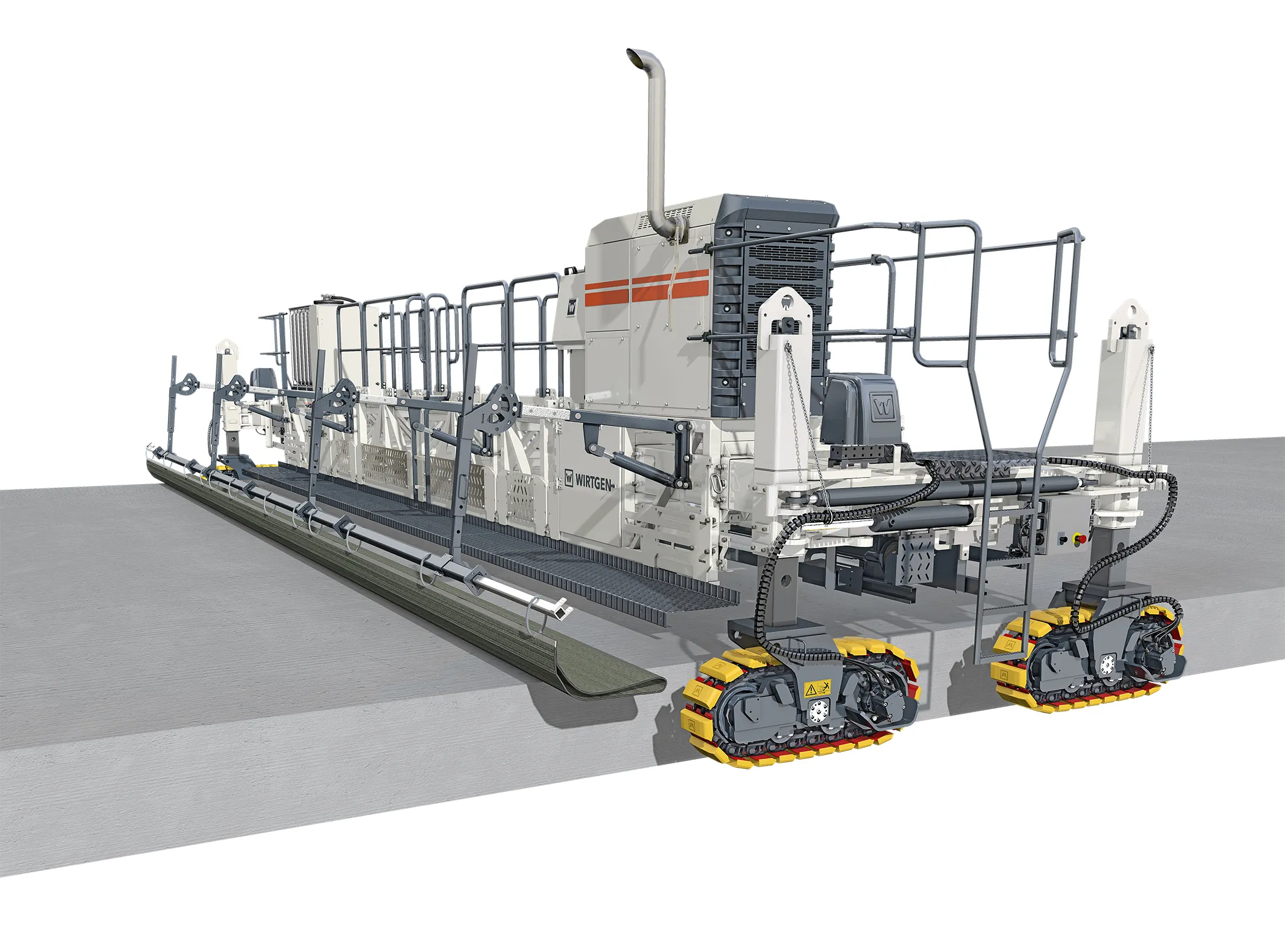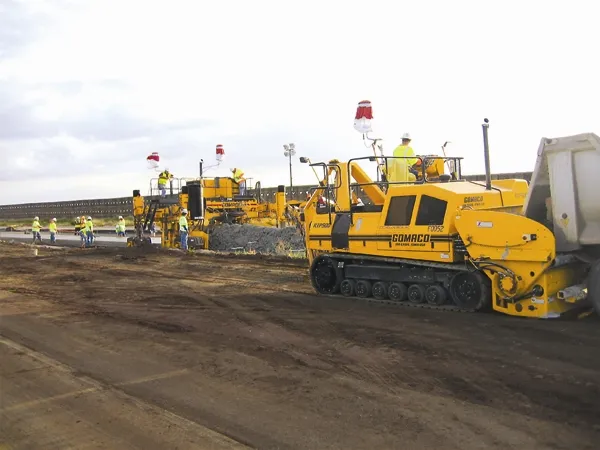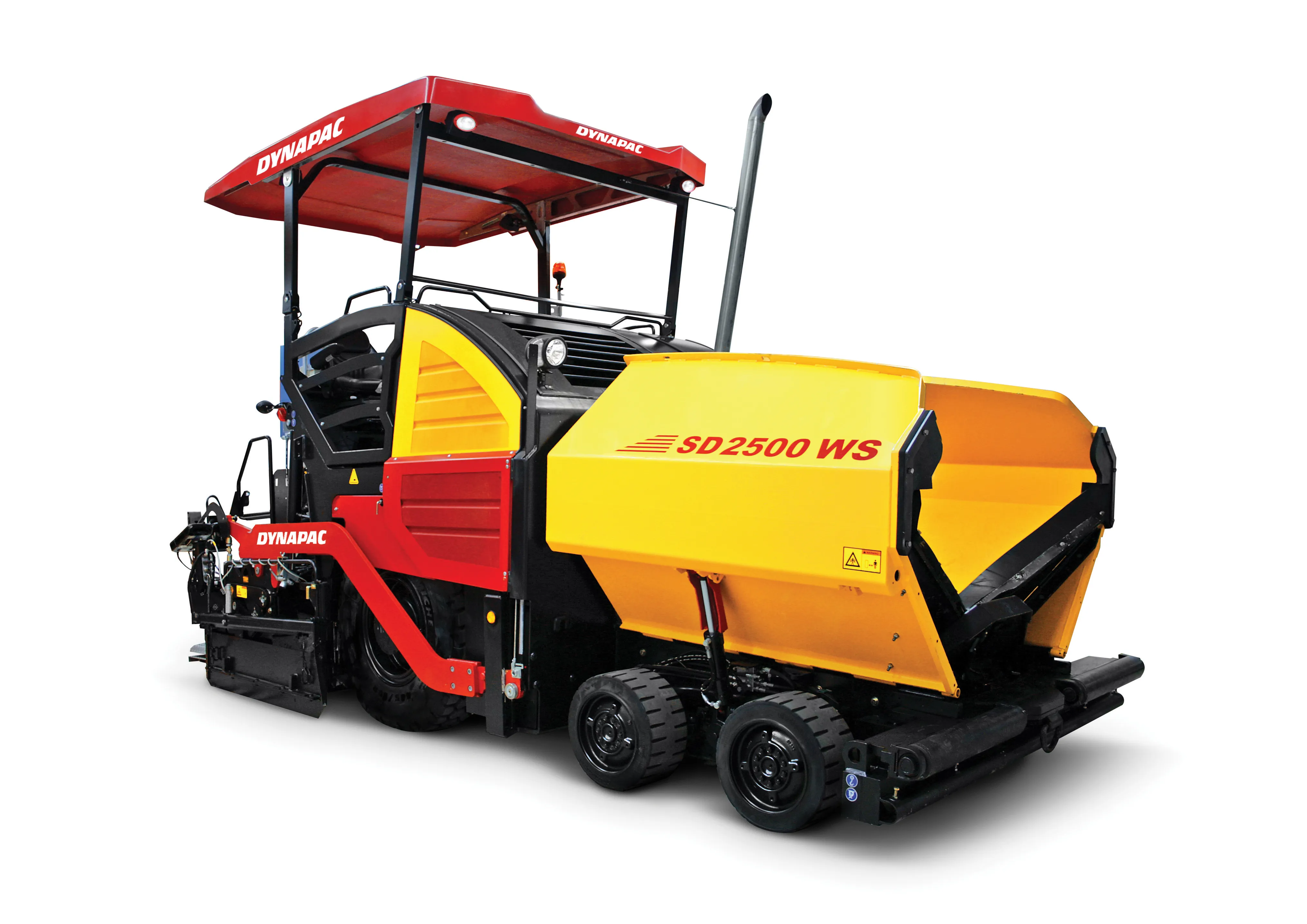German firm Wirtgen is to begin marketing its concrete slipforming machines in the US, through its Wirtgen America operation. The move comes with the launch two new concrete slipformers developed just for the US market, the SP15 and SP25.
February 10, 2012
Read time: 2 mins

German firm Wirtgen is to begin marketing its concrete slipforming machines in the US, through its 2395 Wirtgen America operation. The move comes with the launch two new concrete slipformers developed just for the US market, the SP15 and SP25. These units will be equipped with trimmers as Wirtgen recognises this feature is an important requirement for many US contractors. Company spokesperson Claudia Fernus said, "We are starting with these small machines. The machines have trimmers specifically for the US market to prepare the ground for concrete slipforming."
Wirtgen is targeting the market for compact slipformers first because it believes the demand for smaller machines is strong and there has been a particularly healthy market for slipformers in the highway barrier sector. The new SP15 and SP25 can lay kerb and gutter, barrier, sidewalk, V-ditch, special applications and slabs. Both are versatile machines that can be configured on-site for left- or right-side pouring. The SP15 has a maximum paving width of 1.8m for offset applications, maximum kerb/parapet placement height of 1.295m, and weighs 13tonnes with trimmer, auger conveyor plus kerb and gutter mold. The SP25 has a maximum paving width of 3.5m, maximum kerb/parapet placement height of 1.8m and weighs 18tonnes. The machine's modular design allows for a wide array of applications, on either three or four tracks. Both machines feature an Eco mode which matches engine speed to demand, saving fuel and reducing emissions.
Wirtgen is targeting the market for compact slipformers first because it believes the demand for smaller machines is strong and there has been a particularly healthy market for slipformers in the highway barrier sector. The new SP15 and SP25 can lay kerb and gutter, barrier, sidewalk, V-ditch, special applications and slabs. Both are versatile machines that can be configured on-site for left- or right-side pouring. The SP15 has a maximum paving width of 1.8m for offset applications, maximum kerb/parapet placement height of 1.295m, and weighs 13tonnes with trimmer, auger conveyor plus kerb and gutter mold. The SP25 has a maximum paving width of 3.5m, maximum kerb/parapet placement height of 1.8m and weighs 18tonnes. The machine's modular design allows for a wide array of applications, on either three or four tracks. Both machines feature an Eco mode which matches engine speed to demand, saving fuel and reducing emissions.









